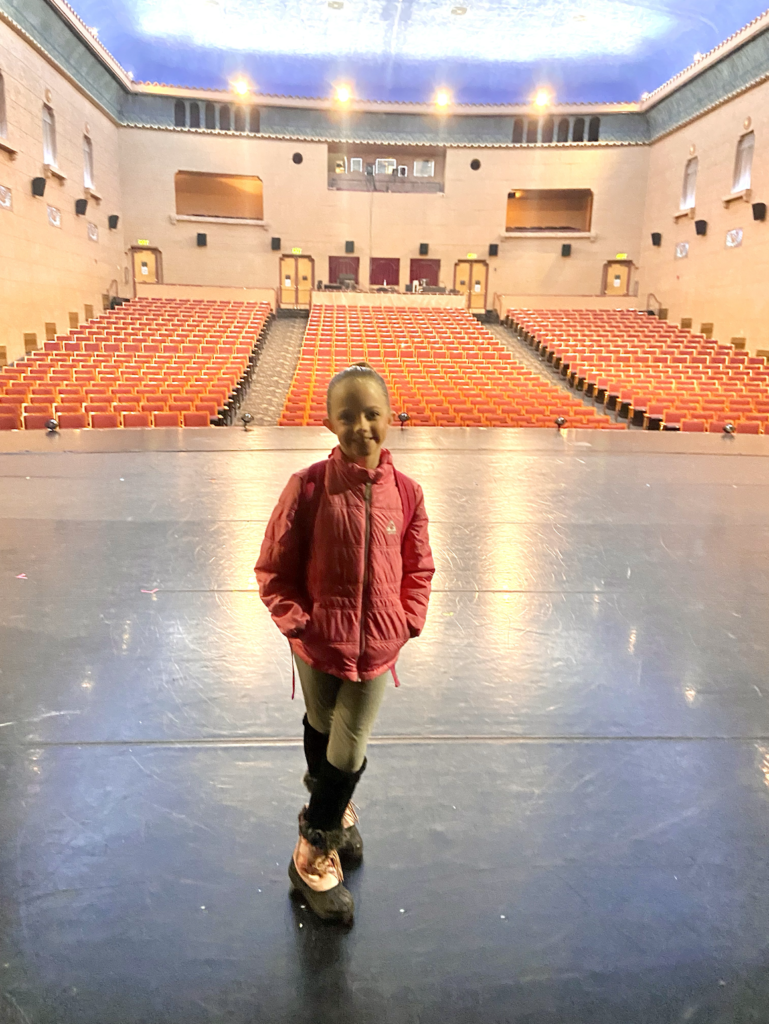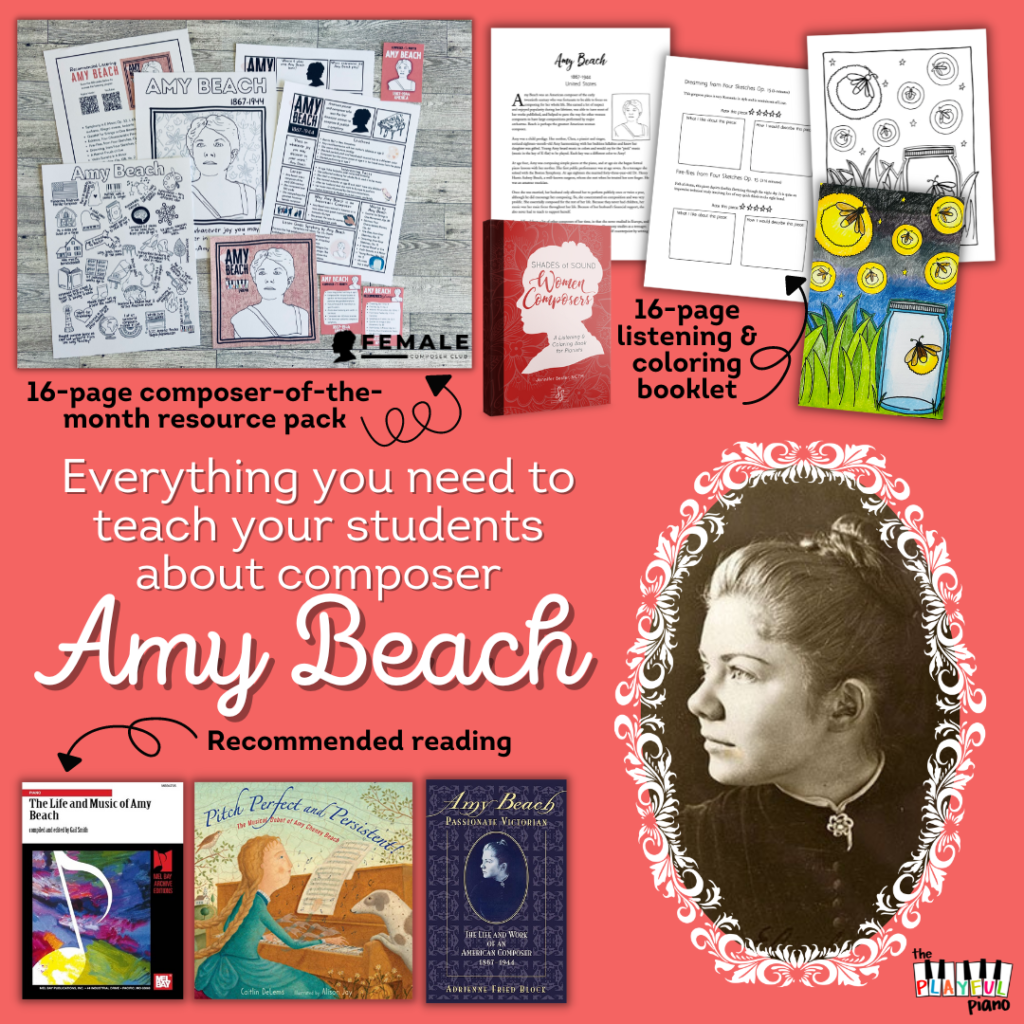Balancing teaching and family is something that I have dealt with a lot in the past few years. My teaching studio really started to get going right after my first child was born. Now she is three and a half and I have another daughter who is almost one. My husband has been in medical school for these past four years and for the first two he was able to be available while I taught. This was so great because my teaching time was his special daddy-daughter time with Kate. They went to the zoo at least once a week and I was so glad that they had so much designated together time.
However, the third and fourth years of medical school were a whole different story, as Scott’s schedule became very erratic and he was rarely available to watch the girls while I taught piano. I realized that since I didn’t want to quit teaching, and I didn’t have parents or in-laws close by to help watch my kids, I would have to start hiring babysitters to come over while I taught. At first it was hard for me to accept how paying a babysitter would cut into my hourly rate. I ended up raising my rates a little ($5 more per month) to help compensate for this. The main issue, however, was scheduling. The babysitters that I know are quite busy, especially during those after school hours when I teach, and it was hard to find a “regular” for each day of the week. Piano lessons can be a hassle to schedule in the first place, especially with cancellations and make-up lessons, but when you throw a babysitter into the mix, upholding your lesson cancellation policy becomes even more important! It is so important to stick to your guns about no-shows, for example, when you have a babysitter that you are paying to be at your house for a student’s lesson and then that student doesn’t show up!
Also, apart from making myself, my home, and my children presentable, clean, fed, and rested (or resting) before the lessons started, I would often have to pick up the babysitter (which usually cut someone’s nap short) and be back in plenty of time in case my first student arrived early. If it sounds like a logistical nightmare, that’s because it was! Some of my babysitters had sympathetic parents that would drop them off for me, which was a lifesaver. However, I soon found that the best method was to have my students themselves be the babysitters. If someone already had a lesson that day, they could either come early or stay late and do the rest of that day’s babysitting. A couple of families who had multiple children taking from me worked out a deal – for a modest monthly discount, their children took turns babysitting during their siblings’ lessons so I wouldn’t have to hire anyone during their lesson times. I also felt like I could hire younger babysitters (like 10- and 11-year-olds) because I wasn’t actually leaving the house and would be available if an emergency occurred. There were still plenty of scheduling disasters, but once I started using my students as babysitters I usually made it to the end of each day with my sanity intact. 
Apart from the logistical issues, I think balancing teaching and family has been really healthy for our whole family. Both of my girls are pretty clingy with me and it has helped them to become more independent (and alleviated their stranger anxiety) as they’ve learned to be cared for by other people on a regular basis. I really think they’ve developed better social skills from having several different babysitters each week. Also, I think it’s really important for my children to see that Mom is not just a mom, but a person too, with her own interests and responsibilities outside of motherhood. Most of the time, I am available when my girls want me, but I think it’s good for kids not to expect that their mother should be at their beck and call 24/7. Teaching piano has been a great illustration of this principle, and at times it has been hard (for my girls AND for me) to have to say, “I can’t hold you/play with you/read to you until lessons are over,” but I truly feel like it has benefitted all of us. I’ve also enjoyed having a couple of hours of break each day where I am a piano teacher instead of a mom, and usually by the end I am thrilled to see my girls again! (Especially when I hear little giggles coming from the back room while I’m teaching and feel a little sad that I’m missing the fun.)
Another reason I’ve loved teaching lessons (apart from the joy of teaching itself) is that it gives structure to my day. I have to plan my time so that the house is clean (or at least tidy), I am showered and presentable, and dinner is prepped (or at least planned) before I start teaching. Other stay-at-home moms are probably naturally good at this, but for me it really helps to be forced sometimes! Also, it helps my sense of self to have a job/talent of my own apart from being a mom; although motherhood is my main focus, I like to be learning and developing my own talents too. Especially when I see my husband going to medical school and envy him for getting smarter every day, I feel the need to have my own independent pursuits. This is also why I perform at all of my students’ recitals – but that is a post for another day.
Right now I’m in limbo because we’re about to move to Texas, so I’ve had to say goodbye to my students here and will be starting the studio-building process all over when we arrive at our new home. I’m not sure how much I’ll teach as our family continues to grow or how I will handle the challenge of having school-age children who have their own activities to go to during teaching hours. I’m still interested to hear how any of you have dealt with this situation. But after tackling the challenges of teaching with newborns and clingy toddlers, I have a little more confidence in my ability to find a solution that works for me and my family.
 How can we help all our students become like the first type? How can we motivate our students to really practice, to come to love music and to become good pianists?
How can we help all our students become like the first type? How can we motivate our students to really practice, to come to love music and to become good pianists?


 We would also love lots of comments to see what you think!
We would also love lots of comments to see what you think!





















